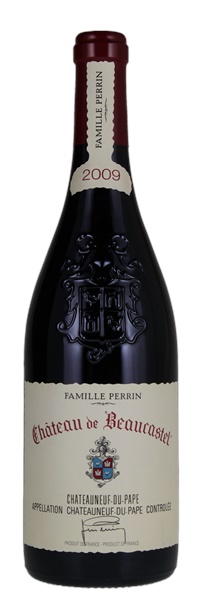Removed from a temperature and humidity controlled wine cellar; Purchased upon release; Consignor is original owner

Image above is an example. To view the image of the lot, click the item number.
Estimate
...packed with dark smoldering cocoa, mesquite, tobacco and roasted fig notes, all inlaid with pure cassis and plum preserves fruit flavors. Long and authoritative on the finish, with singed vanilla bean and tar adding length and dimension.
...beautiful perfume of smoky Provencal herbs intermixed with grilled steak juices, garrigue, kirsch and blue as well as black fruits. The wine is full-bodied, unctuously textured, and silky smooth...
...offering intense black raspberry and bitter cherry flavors lifted by a spicy quality. Shows the richness of the vintage but carries no excess fat. The finish lingers with impressive tenacity and echoes the floral and smoke notes..
...The brightness of the Grenache, that dry, firm framework and length from the Mourvèdre and the completeness of the blend. Dry, fresh, long and impressive in its embryonic state. Power and finesse. Great length.